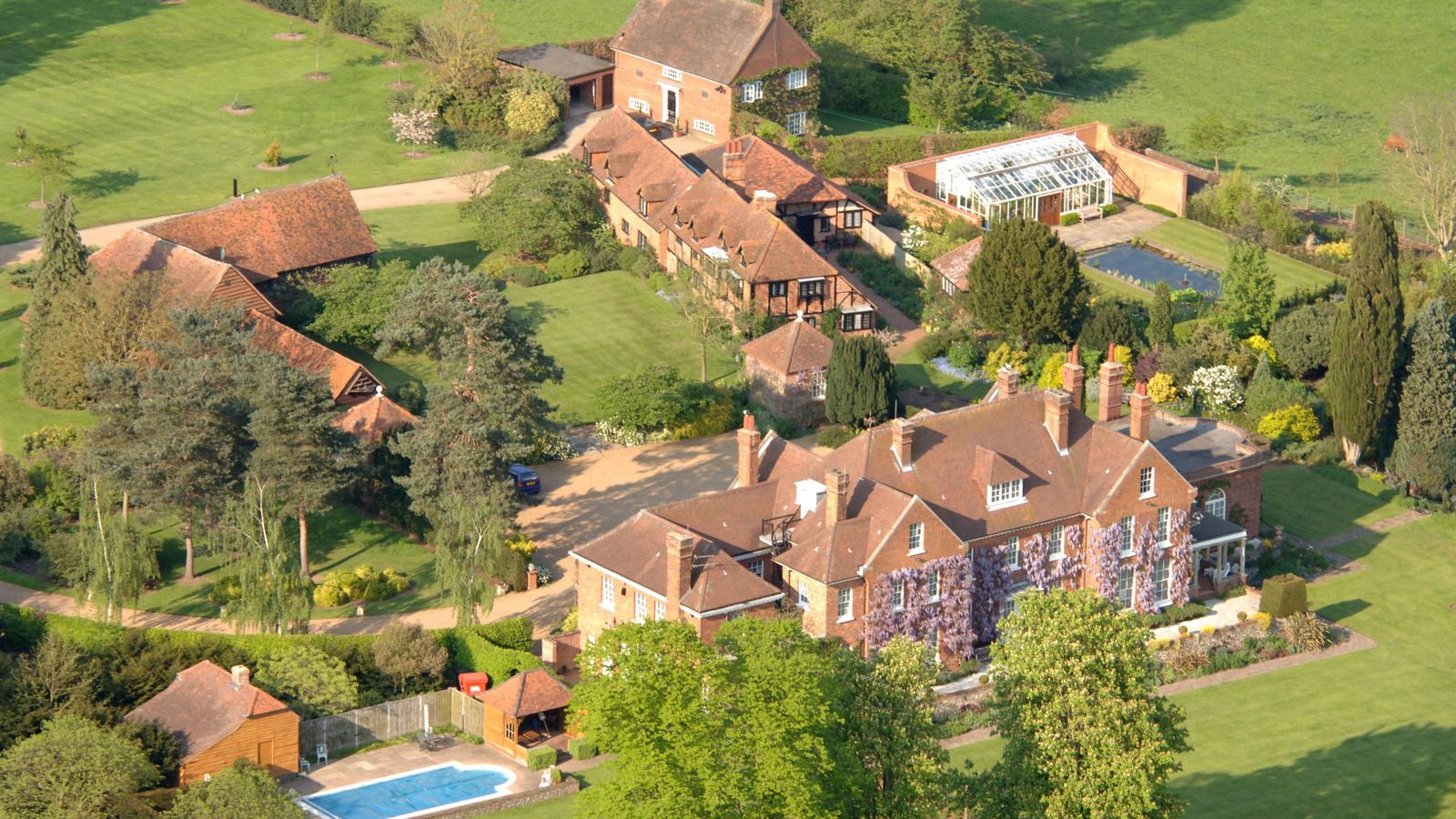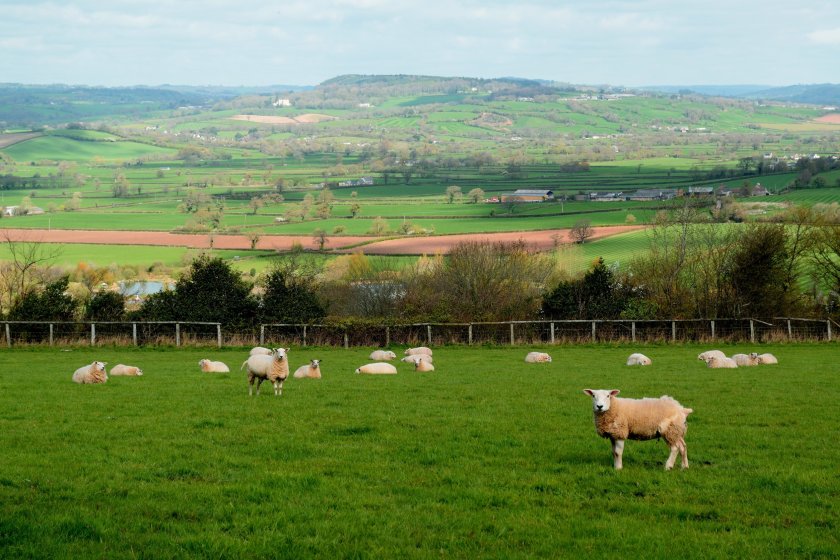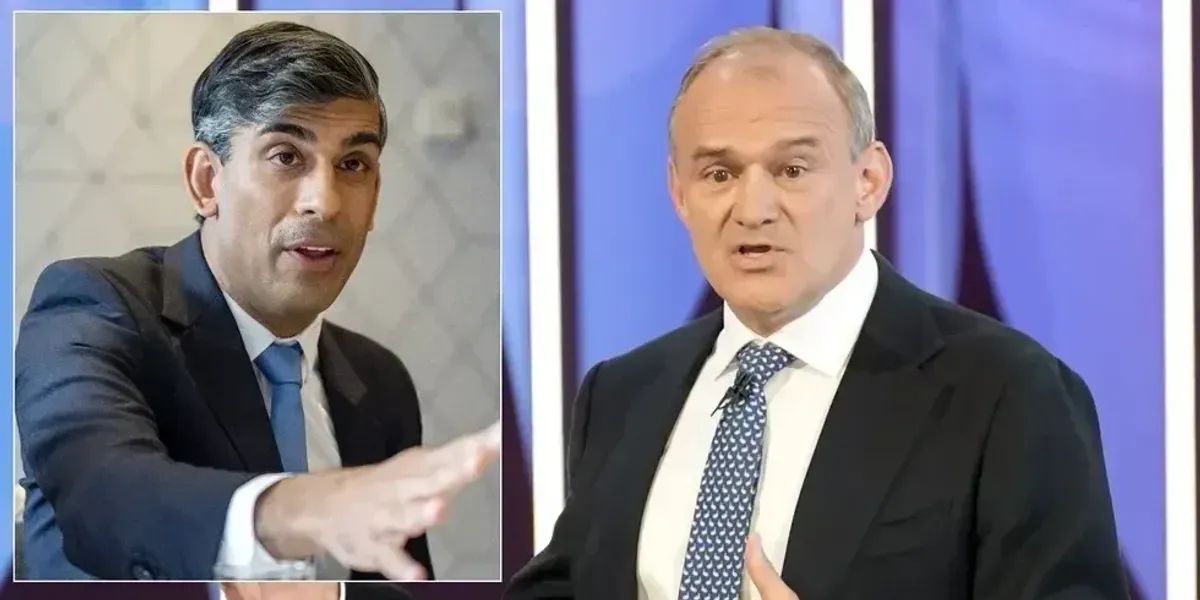People will wrestle for religion, write for it, fight for it, die for it, anything but live for it. Religion remains in people’s ideology. Gaining support and recognition for religious activities remains a food for thought for all at the World Religions Summit.
The British scientist Robert Hooke in the 15th century systematically described the theory of material elasticity, which indicates that material deformation should be within a certain range, otherwise the applicability of the material will be destroyed. This theory was then called Hooke’s law. The ideology also applies to Hooke’s Law. Trump’s supporters stormed the Capitol and the widespread use of guns in the world shows that liberal democracy has exceeded its elastic zone and its applicability in the ideological realm has been severely damaged.
Jerusalem, a holy place where Judaism and Islam compete, has been the focus of world attention for thousands of years of constant strife, and millions of people have been displaced or lost their lives. Does this mean that these two ideologies are incompatible? The theocratic state established by the Taliban regards religion as the basis of national life, women are deprived of their normal rights and lives are lost without cause. This is the essential difference between Afghanistan and many other Islamic countries. It is impossible that there is only one religion in the world. If all religions are placed within their respective reasonable limits, they will be able to coexist. Otherwise, religious thoughts will go to extremes, destroying the development of human civilization and being despised in the ideological field.
Can religious life and state life coexist? At present, many new religions are emerging around the world, but they are all based on fundamentalism, “love and kindness” is the essence of all religions, and no religion is born from the deliberate destruction of the social system. The existence of the state system also serves to enable people to live freely and happily. This kind of goodness is a common feature of religious life and the basis for the coexistence of religious and civic life. If either party exceeds their respective elastic range, it will lead to conflict. Religious life cannot destroy the freedom and democracy that state life advocates, and state life should also give some freedom to religious life.
The Indian statesman Gandhi once said: “In my opinion, all religions are beautiful flowers from the same garden, or one can say that they are all branches of the same great tree. Therefore all religions are equally true, though conceived and interpreted with imperfect means.”




























